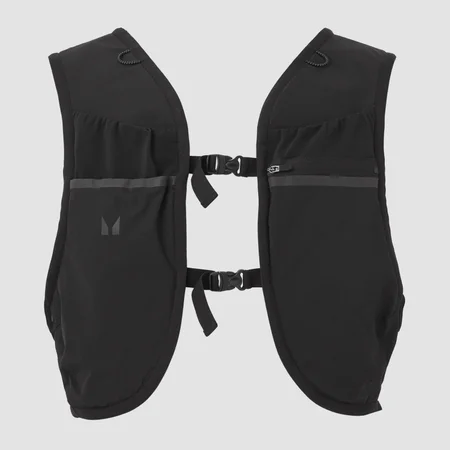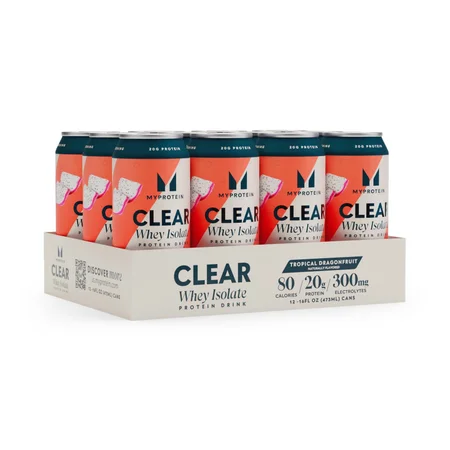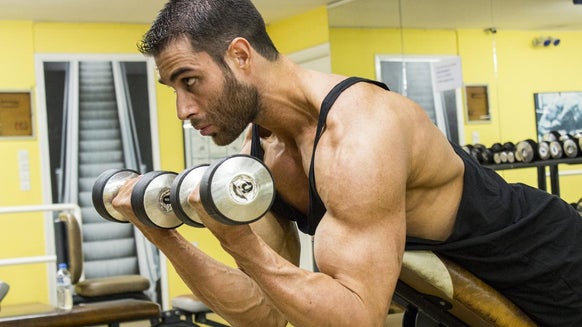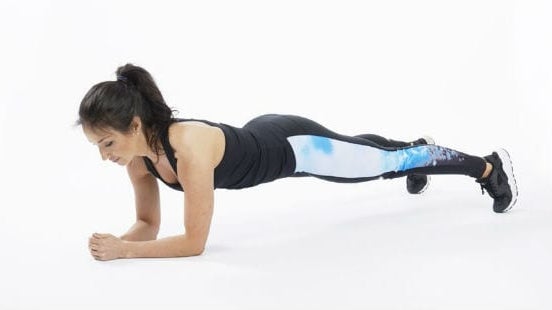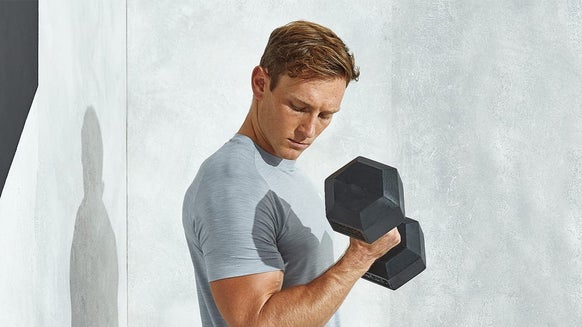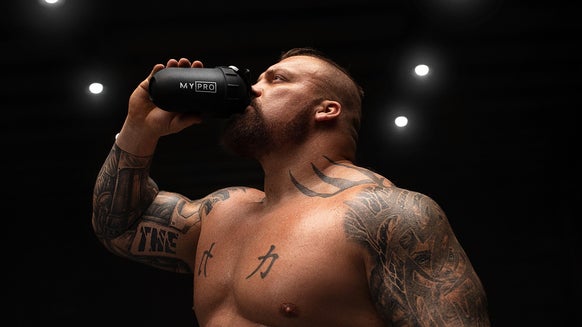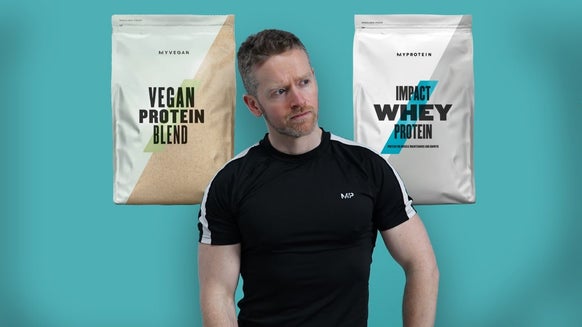
In 2023, you'll find technology in just about every area of life—and the gym is no exception. One of the latest methods people are using to enhance their health and fitness is wearable technology. Wearable tech devices allow you to set goals, track your progress over time, and gain access to tons of useful data. Let's see how people are using this innovation and how it can elevate your fitness routine.
What is Wearable Technology?
Wearable technology, also known as "wearables", includes different electronic devices you can wear on your body. These gadgets collect data as you move and give you feedback on many aspects of your health and fitness. Wearable tech can track anything from heart rate and daily steps to sleep patterns.
What Are People Using Wearable Tech For?
There are a bunch of functions you can use wearable tech for to help achieve your health and fitness goals.
Fitness Tracking
Wearable tech tools are great for monitoring key metrics like daily steps, distance traveled, calories burned, and heart rate.
Devices like the Apple Watch can go even further and give you data for specific activities like running or swimming. When running, an Apple Watch can measure factors like the amount of effort you're exerting and your stride length. And when swimming, it can tell you how efficiently you're swimming by measuring your stroke count and how long it takes you to swim across the length of a pool.
Wearable tech devices can even send you alerts to let you know how well you're performing.
Tracking your fitness data makes it easier to create goals for yourself, whether they be to lose weight, gain muscle, or increase endurance or overall activity. By using the compatible smartphone apps, you can even access your workout history, allowing you to see how much progress you've made over a long period of time.
Health Tracking
Wearable tech devices are not just about fitness but can help you track different aspects of your health. Smartwatches like the Garmin can track heart rate, blood oxygen levels, exercise intensity, hydration, respiratory rate, and menstrual cycles. This can help you monitor your overall health and help you incorporate health and wellness into your fitness goals.
Sleep Analysis
We all know how important sleep is for maintaining optimal health. A major pro of wearable tech devices is that you can wear them to sleep, allowing you to track your sleep patterns.
By tracking how long you sleep and the quality of your sleep, you can connect how you feel to your sleep patterns. This can help you see if anything is disturbing your sleep and find your ideal number of sleep hours.
You can use this information to create a schedule that'll help you sleep and feel your best.
Stress Management
Many wearable tech devices, like WHOOP, now have stress-tracking features. The app uses heart rate variability and resting heart rate to track your stress levels throughout the day. Users are notified when their stress levels are high and can then access breathwork techniques to help alleviate their stress.
This is a great feature for those who struggle with stress during the day, which is many of us. Now, you can know exactly when your body is showing signs of stress, and have exercises available to you right then and there to help you calm down.
Training Programs
Many wearable tech devices give you training programs for different activities like running. This is especially helpful for beginners—giving you a head start on your fitness journey. And if you're already a seasoned pro, you can use wearable tech to create your own training program and set specific goals for yourself.
What Are the Different Types of Wearable Tech?
One of the most popular ways to track your health and fitness is with a standard fitness tracker like Fitbit. These devices are small and go around your wrist, making them easy to keep on all day. A fitness tracker has a small screen, allowing you to look at your metrics throughout the day. It gives you all the basic features you would need to get started. You can also connect a fitness tracker to the compatible app on your phone where you'll be able to see more advanced data.
Smartwatches like the Apple Watch are another popular option for health and fitness tracking. Smartwatches are a bit bigger than standard fitness trackers but have more functionalities. A smartwatch acts more like your phone—you can use it to make calls and send messages, listen to music, and look at other apps that can help you with your fitness goals.
I've had a lot of success using the Renaissance Periodization templates and app for cuts. MyProtein user, 35-44
Smartwatches are some of the most advanced trackers and pair seamlessly with your smartphone.
If you want your fitness tracking to really blend in, you can try smart clothes. Smartwear uses technology like sensors and GPS to track movement and metrics like heart rate and breathing rate. Advanced smartwear can even track things like sleep and stress. One cool feature of smart clothes is that they can sense your posture and give you helpful feedback. This can help with form—a super important part of any workout.
Smart clothes connect to smartphones or smartwatches where you can view your data. You can find smartwear for pretty much any article of clothing, from shirts and jackets to socks and pants.
Last but not least, headphones have gotten so advanced that some of them are also considered wearable tech. Certain wireless headphones like the AmazFit Powerbuds Pro can track metrics like heart rate, and give you in-ear notifications when it's not in the right range.
Smart headphones can also track steps and body temperature and connect to apps on your smartphone and other devices where you can view your fitness metrics.
How Wearable Tech Boosts Your Routine
Motivation and Accountability: Wearables can be highly motivating because you always have them on you to help you perform your workout. Setting goals, tracking your progress, and seeing how you did can help motivate you to keep improving and hold you accountable. Plus, many devices will send you notifications reminding you to finish your steps or drink water, making it easier to stick to your goals. Custom Workouts: Wearable tech helps you create personalized workouts using your own data. The devices can also give you recommendations based on your data, making it easy to create a workout that is best suited for you. Creating Goals: Whether you want to gain muscle, lose weight, or improve stamina, wearable tech devices give you a convenient way to set your goals and track your progress in real-time. Having the data at your disposal will help you stay on track toward your goals. Health Data: Because wearable tech devices can track health metrics like your sleep quality or stress levels, you can see which areas you need improvement in. This will help you make the necessary changes in your routine to achieve optimal health and feel your best.
Take Home Message
Wearable tech provides a great way to track your health and fitness and reach your goals. Whether you're a beginner trying to get started or a seasoned gym-goer looking to beat your personal bests, wearable tech offers something for everyone.
READ THESE NEXT:

Biohacking: What is It & How Can It Help You Perform?
Take your routine to the next level. ...

The Two-Way Relationship Between Sleep & Exercise
See how sleep and exercise influence each other, and how to reap the benefits fr...

What's in Your Backpack? | Hiking Essentials
Pack these essentials to be fully prepared for your next hike....

A Rutgers University Honors graduate, Jamie grew up on the Jersey shore and double majored in Comparative Literature and Anthropology in college. Jamie is an experienced writer in the health and wellness, biotech, and eCommerce fields. She loves writing with a purpose and has even written for the Department of Justice.
Jamie became drawn to exercise during her time in university and began to notice the physical and mental benefits of moving your body daily. Today, Jamie enjoys Pilates, light weight training, and going on long walks in nature daily.
Jamie is also passionate about eating right and prioritizing gut health and immunity. She is always trying the next innovation in health and wellness. When she’s not writing articles, Jamie enjoys reading, playing guitar, and finding dogs to play with.
